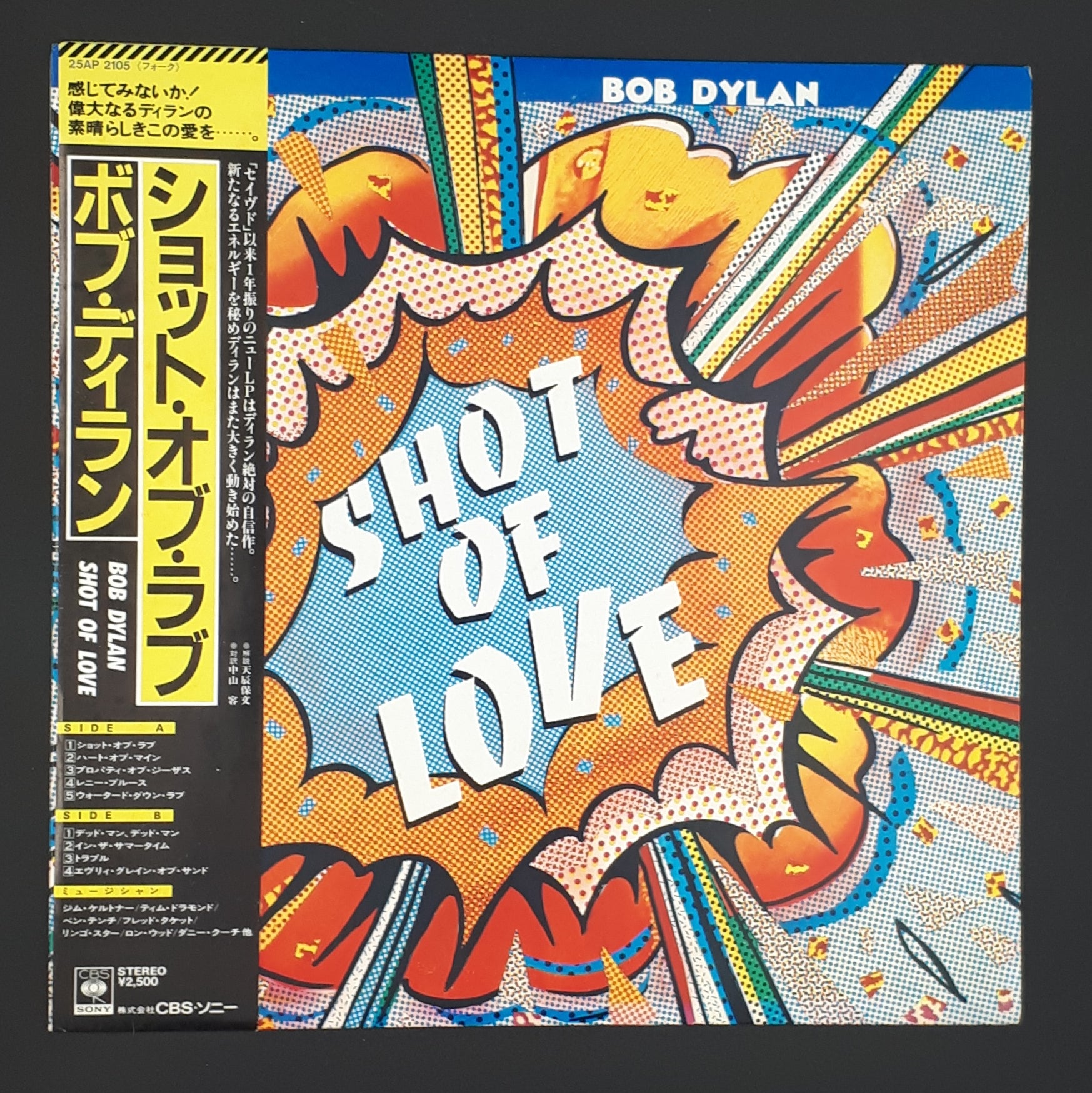
Record collecting can be an unforgiving world. Ever listened to something in a record shop/record fair and felt unable to walk up and ask what’s playing for fear of saying the wrong thing? Worried that the self-appointed music experts and vinyl know-it-alls might point their disapproving finger and laugh? Don’t know your remastered, audiophile, 180g deluxe vinyl reissue from your 3″ CD?
Well fear not, in an effort to shed some light on some of the lesser known, let’s call ’em, niche aspects of record collecting, we have put together a few features that may help you on your way…..to kick off proceedings we’ve plumped for the Japanese Obi-Strip, or in other words, that nice piece of Japanese text that you can find wrapped around most Japanese LPs/CDs.
The Obi-Strip
You may already be familiar with Japanese pressings of LPs and CDs, not only do they often sound superior (we’ll come back to that one at a later date) they also feature an Obi or Obi-Strip. Whilst its original definition denotes a sash or belt that you would use to fasten your kimono it is also used to describe the thin piece of coloured paper that is usually wrapped around the the left-hand side of an LP or CD, like these….

As you can see the obi-strip provides a wealth of information for the Japanese customer; label, artist/band name, catalogue number, price etc, without the need for manufacturing a completely different sleeve for the Japanese market. Obi-Strips also give other information to the Japanese buyer, for example, records/CDs marked with a ‘Y’ denote that the music rights to this product are owned by a foreign company and cannot be rented (still a popular way of experiencing music in Japan) for a year after the release date, whereas those marked ‘H’ are Japanese in origin meaning the restrictions do not apply.

So why do we care?
Because no-one packages an album quite like the Japanese. Known as a culture for elaborate and excessive packaging, their approach to the vinyl LP and CD album is no exception. From the visual delights of the artwork and packaging, to the content itself, you will without doubt get your money’s worth. Many obi's are intricately designed to tie in with the art work and colour schemes on the sleeves, so they become artistic in of themselves.The inclusion of the famous ‘obi-strip’ not only adds a uniquely intriguing aspect and general air of mystique, and can look fantastic, but is also a great marketing tool for the Japanese labels.
Add value
However, where obi-strips really come into their own is when they are still intact on an original pressing, now this humble strip of coloured paper can add real value to your collectable record, take for example, the second, early ’70s press, of Hendrix’s ‘Electric Ladyland’……..


….or how about this ’67 Sgt. Peppers…..

Obi designs can be as varied as the LPs/CDs they adorn, and some series of obi’s can be as collectable as the artists’ albums they decorate. The ‘Shaped Apple’ obi, which came with initial pressings of Beatles/Beatles related vinyl, are especially collectable, similarly the ‘Rock Age’ series of Obis used to ‘introduce’ rock artists to the Japanese market are equally rare and valuable whilst the ‘Hankake’ (3/4 length obis) are nearly impossible to find in any shape or form. All of the obi’s share one thing in common; their delicate and disposable nature meant that they were routinely discarded, so that now they can often be worth several times more than the record they accompany.







